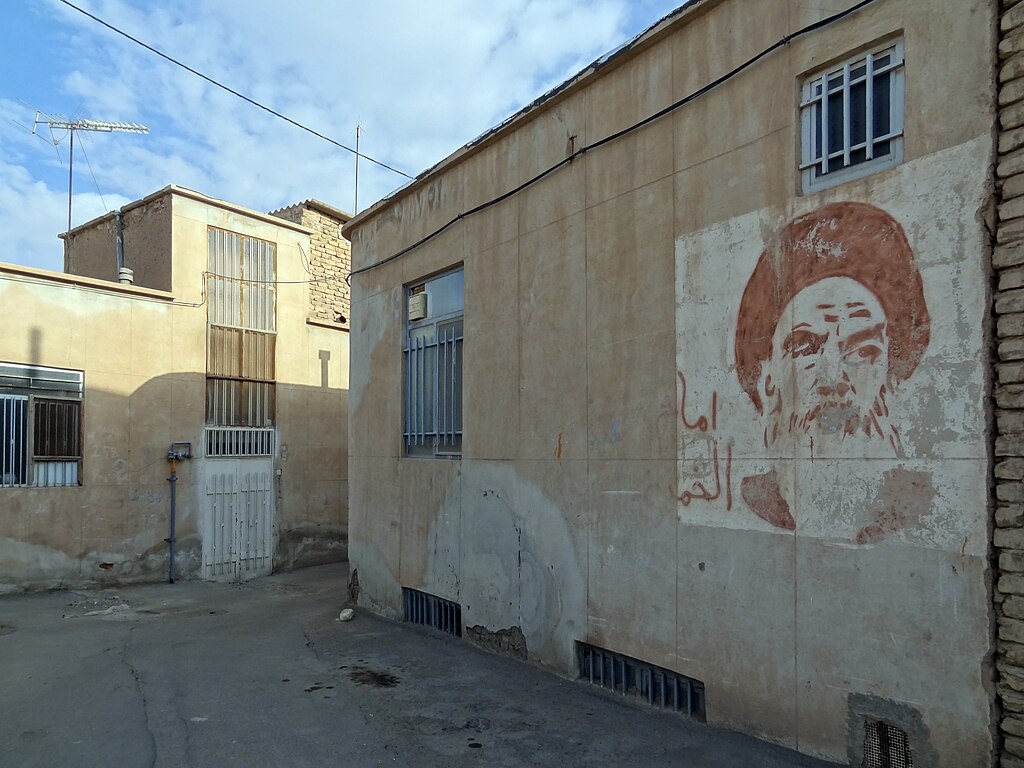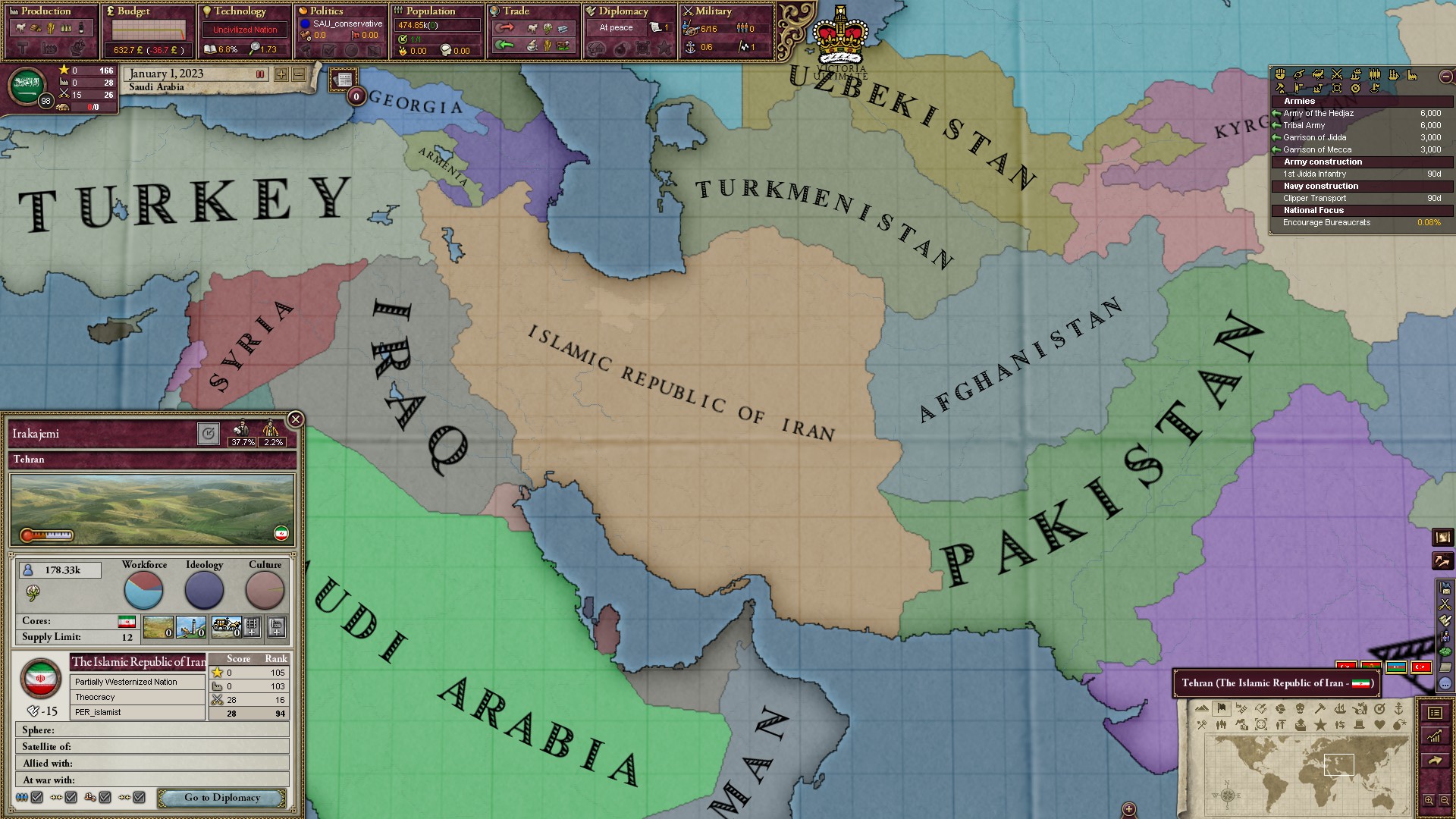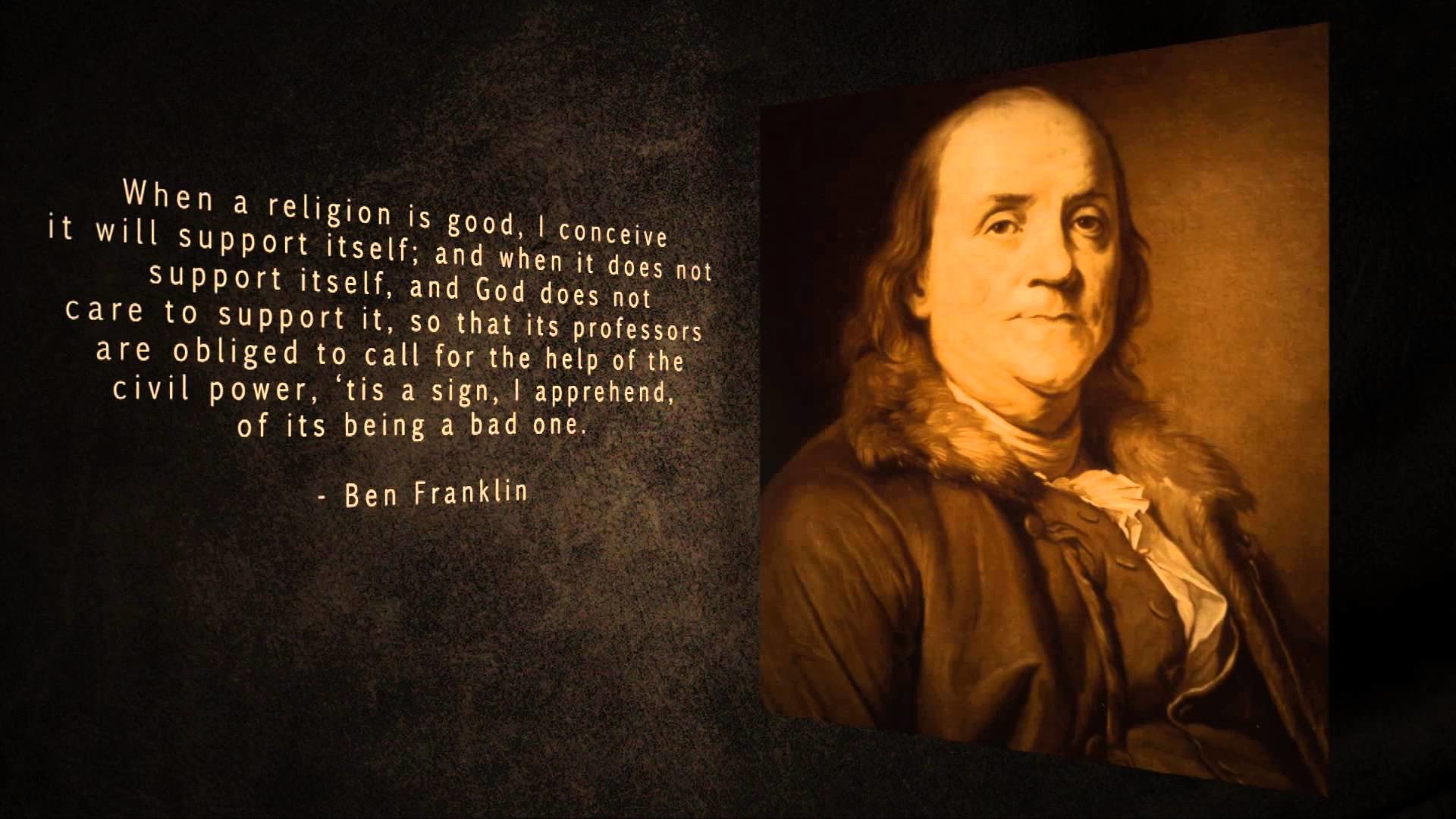Unpacking Theocratic Iran: A Deep Dive Into Its Unique Governance
Table of Contents
- The Global Spotlight on Theocratic Iran
- Iran's Unique Governance: Beyond Simple Labels
- The Genesis of the Islamic Republic: Khomeini's Vision
- The Supreme Leader: Ideological and Political Control
- Pre-Revolution Iran: A Secular Past
- The Theocratic Criminal Law and Constitutional Framework
- Challenges and Dissent in Theocratic Iran
- Iran in an Age of Global Transitions
The Global Spotlight on Theocratic Iran
The recent escalation of hostilities between Israel and Iran, marked by direct attacks and counteroffensives, has undeniably brought unprecedented global attention to the Islamic Republic and its regime. This renewed focus has sparked widespread curiosity about the internal workings of a nation that often defies easy categorization. The world watches as a country with a deeply embedded religious identity navigates the complexities of modern international relations, often through the lens of its unique political system. Understanding the nuances of "theocratic Iran" is crucial for anyone seeking to comprehend the dynamics of the Middle East and the broader geopolitical landscape. This intense scrutiny highlights the need for a deeper dive into the foundations and functioning of this distinctive state.Iran's Unique Governance: Beyond Simple Labels
When attempting to define Iran's system of government, it quickly becomes apparent that it is not quite a democracy, nor a pure theocracy. Instead, Iran's political system blends theocratic and democratic elements, reflecting a complex governance model that stands apart from conventional definitions. This duality shapes not only the nation’s internal landscape but also its international relations, often leading to misunderstandings and misinterpretations from external observers. It is a system famously complicated, mixing elected leaders with powerful theocratic and military figures, creating a web of influence that requires careful untangling. The obvious difference lies in the fact that Iran is an Islamic theocracy, and that one man, the Supreme Leader, exerts ideological and political control over a system dominated by clerics. This fundamental aspect sets the stage for understanding the intricate balance of power.The Dual Structure: Republic Nested Within Theocracy
The Iranian constitution of 1979, which was later amended in 1989, created what can best be described as a dual structure of governance: a republic nested within a theocracy. This means that while there are elected bodies and a semblance of democratic processes, ultimate authority rests with the clerical establishment, headed by the Supreme Leader. The republic comprises institutions like the Parliament (Majlis), the Presidency, and the judiciary, all of which are theoretically elected or appointed through processes that involve popular participation. However, these institutions operate under the watchful eye and ultimate veto power of unelected clerical bodies, most notably the Guardian Council and the Assembly of Experts. This unique arrangement ensures that all laws and policies align with Islamic principles as interpreted by the leading clerics, making the concept of "theocratic Iran" a lived reality rather than just a theoretical construct.The Genesis of the Islamic Republic: Khomeini's Vision
The foundational ideology of "theocratic Iran" was meticulously developed by its founding Supreme Leader, Ruhollah Khomeini. He articulated its animating doctrine, known as *Velayat-e Faqih*, or the guardianship of the jurist. This doctrine posits that during the absence of the Twelfth Imam (a central figure in Shia Islam), the most qualified Islamic jurist should assume leadership of the community, exercising comprehensive authority over both religious and temporal affairs. This revolutionary concept provided the theological justification for clerical rule and transformed Iran from a monarchy into an Islamic Republic. Khomeini's vision was not merely a political theory; it was a deeply religious argument that resonated with a significant portion of the Iranian populace and, crucially, mobilized the Shia clerical class.The Mobilization of the Clerical Class
The success of the theocratic revolution in Iran was a direct result of Khomeini's innovative religious argument, which successfully politically mobilized the Shia clerical class of Iran. This class, perhaps only second to the Shah’s government in terms of size and organization, represented the largest and most organized institution of any kind in the country. By leveraging their existing networks, influence, and moral authority, Khomeini was able to channel widespread discontent against the Shah's secular rule into a powerful revolutionary movement. The clergy became the backbone of the revolution, ensuring its ideological purity and providing the organizational structure necessary to overthrow the existing regime and establish the Islamic Republic. This historical context is vital for understanding why "theocratic Iran" is fundamentally rooted in clerical authority.The Supreme Leader: Ideological and Political Control
At the apex of "theocratic Iran" stands the Supreme Leader, a figure who embodies the fusion of religious and political authority. As a theocratic government, the Islamic Republic of Iran designates its leader as the most qualified individual to interpret Islam and ensure adherence to its principles among the populace. This individual, currently Ayatollah Ali Khamenei, exerts ideological and political control over a system dominated by clerics. He is the ultimate decision-maker on all major state policies, including foreign policy, defense, and key appointments. His authority is not merely symbolic; it is practical and pervasive, influencing every aspect of governance from legislation to judicial rulings. The Supreme Leader's power is reinforced by various institutions, such as the Guardian Council, which vets all electoral candidates and legislation, ensuring their conformity with Islamic law and the principles of the revolution. This centralized control by a single clerical figure is a defining characteristic of the Iranian system.Pre-Revolution Iran: A Secular Past
To fully grasp the current state of "theocratic Iran," it is essential to look back at its immediate past. Before the establishment of the Islamic Republic in 1979, Iran was ruled by the Shah, Mohammad Reza Pahlavi, who was known for his secular outlook and his efforts to modernize and Westernize the country. Under the Shah, Iran was a constitutional monarchy, albeit one with an increasingly authoritarian bent. His rule was characterized by significant economic development and social reforms, including women's suffrage and land redistribution, but also by political repression and a growing disconnect with the traditional religious establishment and conservative segments of society. The Shah's secular policies and his close ties with Western powers ultimately fueled the revolutionary fervor that led to his overthrow and the rise of the Islamic Republic.Grafting Theocracy onto Republican Foundations
Interestingly, when the Islamic Republic was established, theocratic elements were effectively grafted on top of the existing republican ones, such as the parliament, executive, and judiciary. Rather than completely dismantling the pre-existing state structures, the new regime integrated them into its theocratic framework. This meant that while institutions like the Majlis (parliament) continued to exist and hold elections, their powers became subservient to the overarching authority of the Supreme Leader and the clerical oversight bodies. This grafting process created a unique hybrid system where democratic participation coexists, albeit uneasily, with ultimate religious authority. It explains why Iran has elections and a constitution approved by popular referendums (99.5 percent of Iranian voters approved the constitution in 1979, and amendments were approved in 1989), yet remains fundamentally a theocracy.The Theocratic Criminal Law and Constitutional Framework
A critical examination of "theocratic Iran" necessitates a deep dive into its legal system, particularly its theocratic criminal law. Chapter 1 serves as a point of departure for systematic critical examination of this unique legal framework. It sets the stage for understanding the emergence of constitutional theocracy in Iran and places it within its theological and constitutional framework. As a state founded on Islamic principles, Iran's legal system is derived primarily from Shia Islamic jurisprudence. This means that laws concerning crime, family, and personal status are heavily influenced by interpretations of the Quran and the teachings of the Imams. This adherence to religious law has significant implications for human rights, personal freedoms, and the administration of justice within the country. The integration of religious principles into the legal code is a cornerstone of "theocratic Iran," distinguishing it from secular legal systems found in most Western democracies.Challenges and Dissent in Theocratic Iran
Despite its firm grip on power, "theocratic Iran" faces significant challenges, both internal and external. The theocratic government remains deeply unpopular among various segments of the population, leading to persistent dissent. Iran has witnessed several movements against the theocratic state, all of which have been forcibly suppressed. These protests often stem from economic grievances, social restrictions, and a yearning for greater political freedoms. The government funds religious institutions, and the clergy controls key sectors of the economy, which contributes to public frustration over corruption and inequality. Dissent is actively curtailed, with authorities employing various means to suppress opposition and maintain control. The regime's ability to survive, despite its unpopularity, is a testament to its robust security apparatus and its ideological foundations.Calls for Transition: Alternative Visions
Amidst the ongoing challenges, there are persistent calls for a democratic transition in Iran. One notable example is the democratic transitional plan for Iran, written by the secular Free Balochistan Movement, headed by the renowned Baloch leader Hyrbyair Marri. This transitional plan has been presented by the Free Balochistan Movement to other ethnic groups present in Iran, such as Kurds, Ahwazis, and Azeris, seeking to build a broad consensus for a post-theocratic future. At the moment, this is the only plan that finds a broad consensus among various opposition groups, highlighting the deep desire for fundamental change within the country. However, as scholars who study Iran, as well as former U.S. and Israeli officials, suggest, a sudden collapse of the Iranian regime, leading to the end of the Ayatollah's reign, is unlikely in the immediate future. Currently, Iran remains a theocracy, with Shia Islam as the ideological backbone, and the regime, though unpopular, still has a tight grip on power. The scenario of the U.S. lifting sanctions in exchange for Iran foregoing nuclear weapons, allowing the regime to survive albeit as a shell of its former self, suggests a future where Iran limps along, stuck with a theocratic regime that is unpopular and living on borrowed time.Iran in an Age of Global Transitions
The Islamic Republic of Iran exists in an age of global transitions, navigating profound shifts that impact its internal dynamics and external relations. For the last 150 years, Iran, like most countries in the industrializing world, has experienced the tumults of two epochal global revolutions: the Industrial Revolution that fundamentally changed the nature of labor, and now the advent of the “second machine age,” which is profoundly changing the nature of work, communication, and societal structures. These global transformations present unique challenges for a theocratic Iran, as it grapples with the need for economic diversification, technological advancement, and addressing the aspirations of a young, increasingly connected population, all while maintaining its core ideological principles. The impact of theocracy on the nation's ability to adapt to these global changes is a subject of ongoing debate and analysis, as explored by various scholars. Path dependence, a concept in economics and social sciences, suggests that past events or decisions significantly influence future outcomes, meaning Iran's historical trajectory and the choices made during the revolution continue to shape its present and future in this rapidly evolving world.Conclusion
The landscape of "theocratic Iran" is undeniably complex, a mosaic of religious doctrine, democratic aspirations, and geopolitical pressures. From its revolutionary genesis under Ayatollah Khomeini's *Velayat-e Faqih* to its current dual structure of governance, Iran represents a unique case study in political science. The Supreme Leader's profound ideological and political control, alongside the continued existence of elected bodies, creates a system that defies simple classification. While deeply unpopular among many of its citizens, the regime maintains a firm grip, navigating internal dissent and external challenges, including the seismic shifts of global transitions. Understanding Iran is not about labeling it, but about appreciating the intricate interplay of its historical legacy, its religious identity, and its evolving political realities. The future of "theocratic Iran" remains a subject of intense speculation, with various scenarios, from continued resilience to eventual collapse, being debated. What is clear, however, is that Iran will continue to be a pivotal player on the global stage, and its unique governance model will remain a central point of analysis. We hope this deep dive has provided valuable insights into the intricacies of "theocratic Iran." What are your thoughts on Iran's unique system of governance? Share your perspectives in the comments below, and feel free to share this article with anyone interested in understanding this fascinating and complex nation. For more analyses on global politics and governance, explore other articles on our site.- Terry Leslie Mcqueen
- Selcuksports
- How Did Bloodhound Lil Jeff Die
- How Tall Is Al Pacino In Feet
- Aishah Sofey Leaks

Iran: 45 years of theocratic rule

Theocratic Persia/Islamic Republic of Iran image - Victoria Ultimate

Theocratic Wallpaper (77+ images)